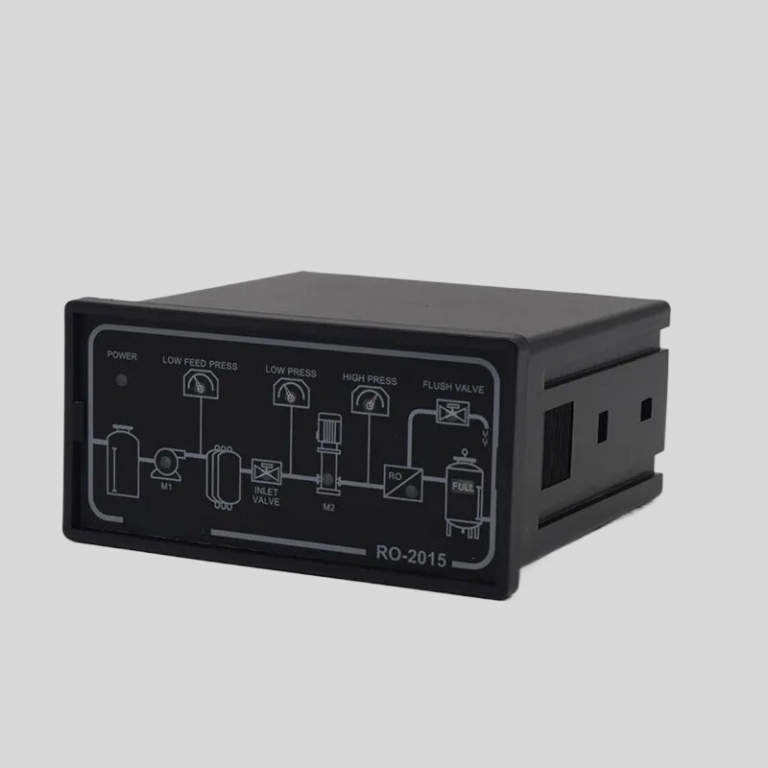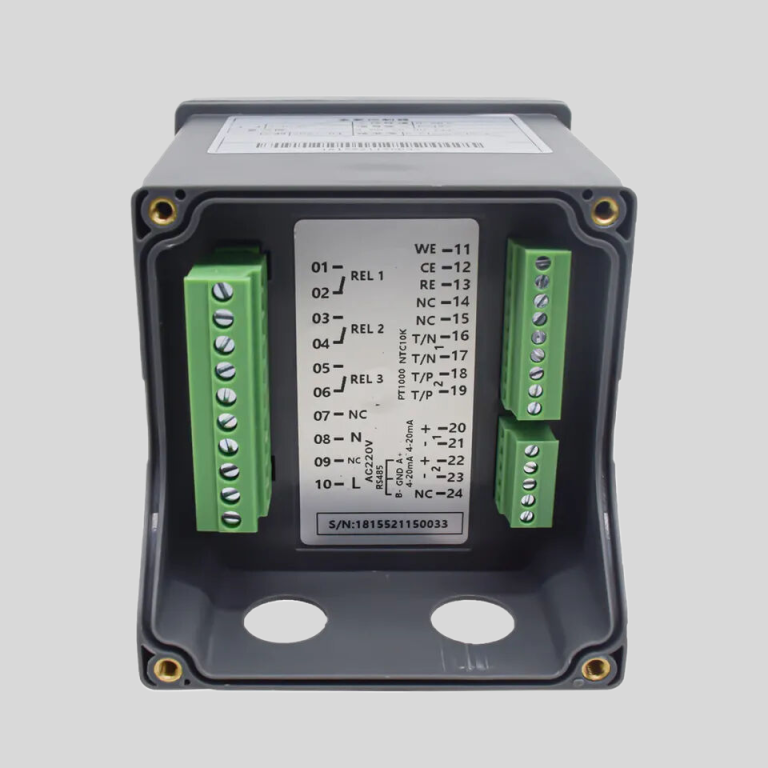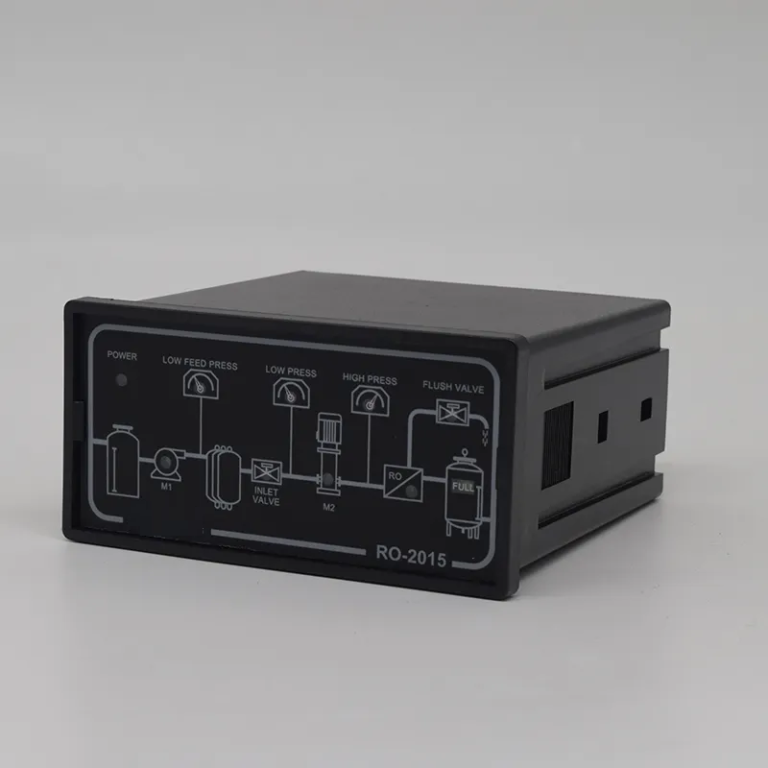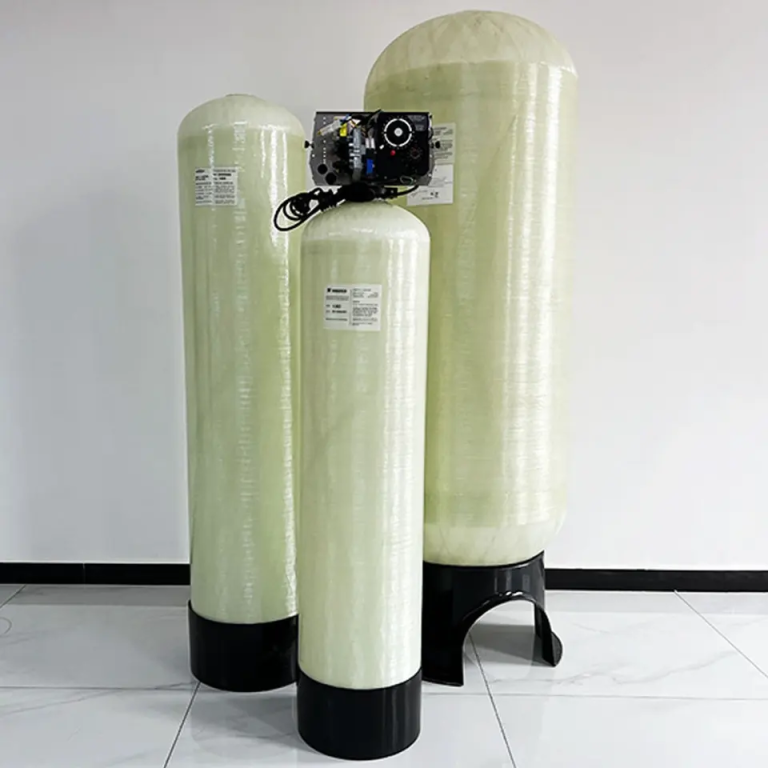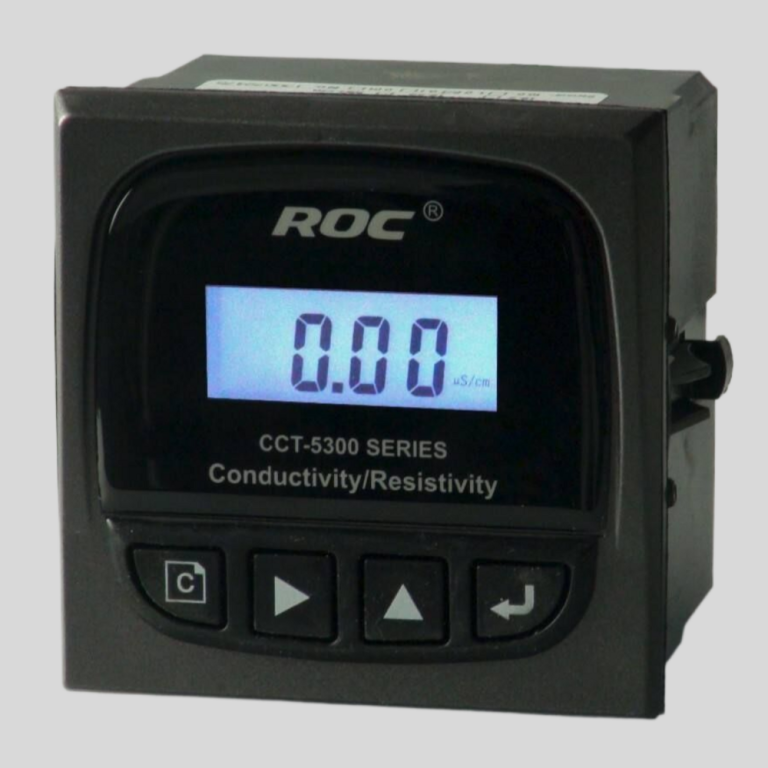Table of Contents
Benefits of Using a multi parameter water quality meter for Environmental Monitoring
Water quality is a critical aspect of environmental monitoring, as it directly impacts the health of ecosystems and human populations. Monitoring water quality involves measuring various parameters such as pH, dissolved oxygen, turbidity, conductivity, and temperature. Traditionally, these parameters were measured using separate instruments, which could be time-consuming and cumbersome. However, with advancements in technology, multi-parameter water quality meters have become increasingly popular for environmental monitoring.
One of the key benefits of using a multi-parameter water quality meter is its efficiency. Instead of having to carry multiple instruments to measure different parameters, a multi-parameter meter can measure several parameters simultaneously. This not only saves time but also reduces the risk of errors that can occur when using multiple instruments. Additionally, multi-parameter meters are often more compact and portable than individual instruments, making them ideal for fieldwork in remote or hard-to-reach locations.
Another advantage of using a multi-parameter water quality meter is its versatility. These meters are capable of measuring a wide range of parameters, allowing for comprehensive monitoring of water quality. This is particularly important in environmental monitoring, where changes in one parameter can have cascading effects on others. By measuring multiple parameters simultaneously, researchers can gain a more holistic understanding of water quality and its impact on ecosystems.
| Model | CCT-5300E series Conductivity/Resistivity/TDS Online Controller |
| Constant | 0.01cm-1, 0.1 cm-1, 1.0cm-1, 10.0 cm-1 |
| Conductivity | (0.5~20,000)uS/cm,(0.5~2,000)uS/cm, (0.5~200)uS/cm, (0.05~18.25)MQ\\u00b7cm |
| TDS | (0.25~10,000)ppm, (0.25~1,000)ppm, (0.25~100)ppm |
| Medium Temp. | (0~50)\\u2103(Temp.Compensation: NTC10K) |
| Accuracy | Conductivity: 1.5%(FS), Resistivity:2.0%(FS), TDS: 1.5%(FS), Temp.: +/-0.5\\u2103 |
| Temp. compensation | (0-50)\\u00b0C (with 25\\u2103 as Standard) |
| Cable length | \\u226420m(MAX) |
| mA output | Isolated, transportable (4~20)mA, Instrument / Transmitter for selection |
| Control Output | relay contact: ON/OFF, Load capacity: AC 230V/5A(Max) |
| Working Environment | Temp.(0~50)\\u2103;Relative Humidity \\u226485%RH (none condensation) |
| Storage Environment | Temp.(-20~60)\\u2103;Relative Humidity \\u226485%RH (none condensation) |
| Power Supply | CCT-5300E: DC 24V; CCT-5320E: AC 220V |
| Dimension | 96mmx96mmx105mm(HxWxD) |
| Hole Size | 91mmx91mm(HxW) |
| Installation | Panel mounted, fast installation |
Accuracy is another important factor to consider when monitoring water quality. Multi-parameter meters are designed to provide accurate and reliable measurements, ensuring that data collected is of high quality. This is essential for making informed decisions about environmental management and conservation efforts. By using a multi-parameter meter, researchers can have confidence in the accuracy of their data, leading to more effective monitoring and management strategies.
Overall, the benefits of using a multi-parameter water quality meter for environmental monitoring are clear. These meters offer efficiency, versatility, accuracy, and convenience, making them an essential tool for researchers and environmental professionals. By investing in a multi-parameter meter, organizations can improve their monitoring efforts, leading to better protection of water resources and ecosystems. As technology continues to advance, multi-parameter meters will likely play an increasingly important role in environmental monitoring, helping to ensure the health and sustainability of our water systems for future generations.
How to Choose the Right Multi Parameter Water Quality Meter for Your Needs
When it comes to monitoring water quality, having the right tools is essential. A multi-parameter water quality meter is a versatile device that can measure various parameters in water, such as pH, conductivity, dissolved oxygen, turbidity, and temperature. These meters are commonly used in environmental monitoring, water treatment plants, aquaculture, and research laboratories. With so many options available on the market, choosing the right multi-parameter water quality meter can be a daunting task. In this article, we will discuss some key factors to consider when selecting a multi-parameter water quality meter that meets your specific needs.
One of the first things to consider when choosing a multi-parameter water quality meter is the parameters you need to measure. Different meters come with different combinations of parameters, so it is important to determine which parameters are essential for your monitoring needs. For example, if you are monitoring water quality in a fish farm, you may need a meter that can measure pH, dissolved oxygen, and temperature. On the other hand, if you are conducting research on water pollution, you may need a meter that can measure conductivity, turbidity, and temperature. Make a list of the parameters you need to measure and prioritize them based on their importance.
Another important factor to consider is the accuracy and precision of the meter. The accuracy of a water quality meter refers to how close the measured value is to the true value, while precision refers to how consistent the measurements are when repeated. It is crucial to choose a meter that provides accurate and precise measurements to ensure reliable data. Look for meters that have a high level of accuracy and precision, as this will help you make informed decisions based on the data collected.
The ease of use and portability of the meter are also important considerations. A user-friendly interface and intuitive controls can make it easier to operate the meter and navigate through different parameters. Portability is essential if you need to take measurements in different locations or in the field. Look for a meter that is lightweight, compact, and easy to carry around. Some meters come with built-in data logging capabilities, which allow you to store and analyze data on the go.
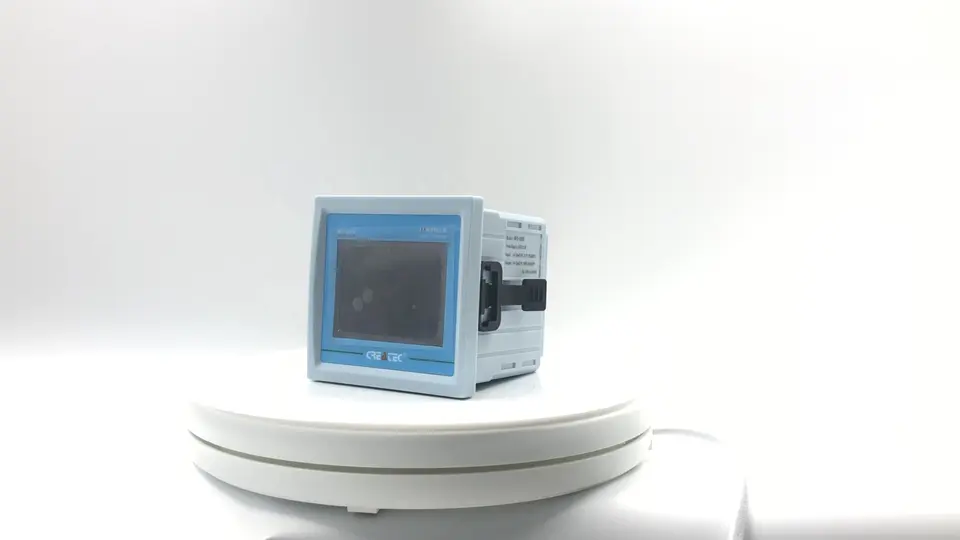
Durability and reliability are key factors to consider when choosing a multi-parameter water quality meter. The meter should be able to withstand harsh environmental conditions, such as extreme temperatures, humidity, and exposure to water. Look for meters that are made of high-quality materials and have a rugged design. It is also important to choose a meter from a reputable manufacturer that offers good customer support and warranty options.
Lastly, consider the cost of the meter and your budget constraints. Multi-parameter water quality meters vary in price depending on their features and capabilities. It is important to strike a balance between the cost of the meter and the quality of data it provides. Do some research and compare different models to find a meter that offers the best value for your money.
In conclusion, choosing the right multi-parameter water quality meter requires careful consideration of parameters, accuracy, ease of use, portability, durability, reliability, and cost. By taking these factors into account and doing thorough research, you can select a meter that meets your specific monitoring needs and provides accurate and reliable data for your water quality assessments.

